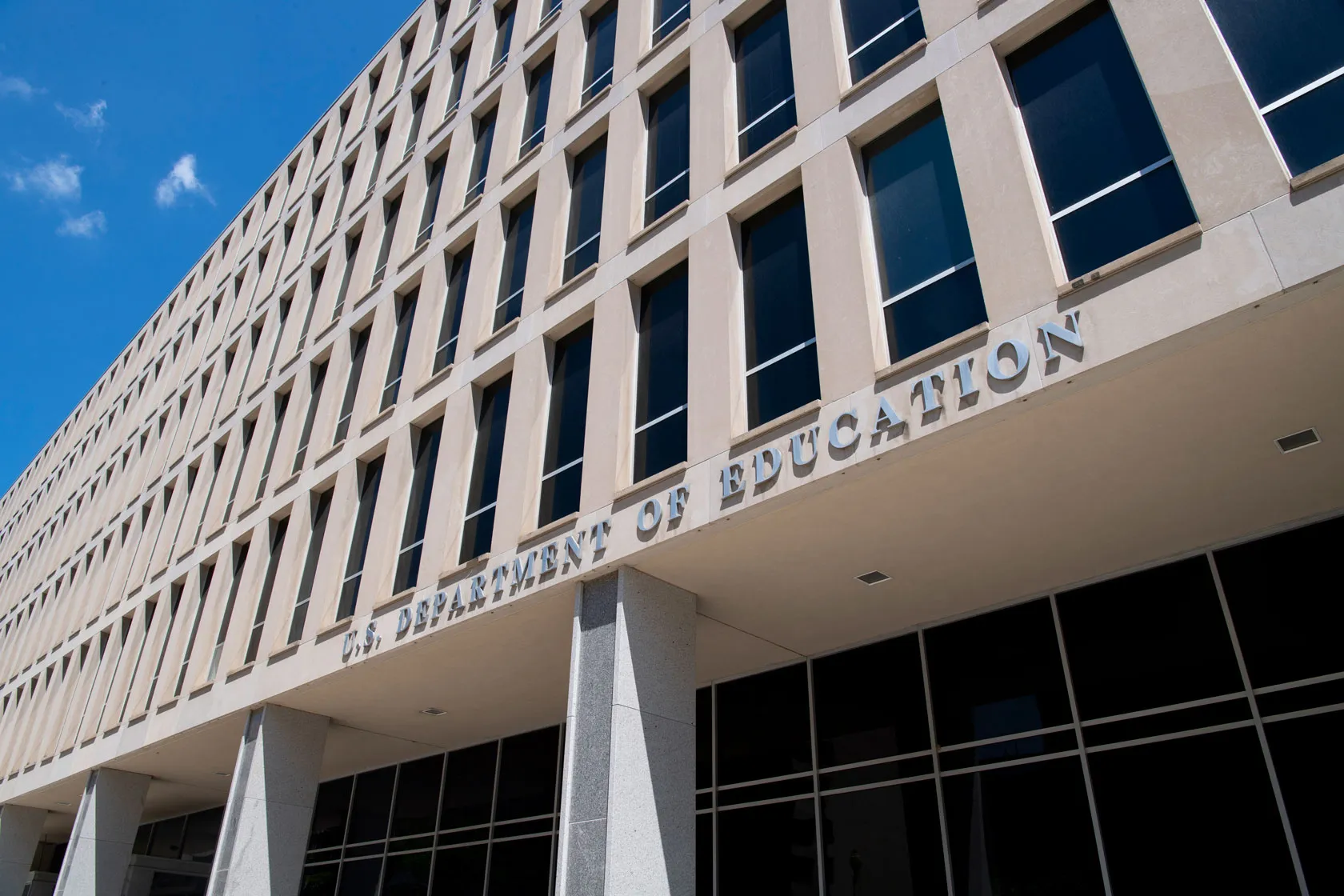
The Department of Education Continues To Push Forward on FVT/GE Litigation – What Is the Trump Administration’s Motivation To Continue On with the Lawsuit?
Overview
Last Friday, the U.S. Department of Education filed a motion building on its initial brief opposing the concerns raised by the plaintiff, the American Association of Cosmetology Schools (AACS). Like the Department’s opening brief, the most recent filing calls on the court to rule against AACS’ suit and in support of full implementation of the Financial Value Transparency and Gainful Employment regulations promulgated under the Biden-Harris Administration.
The fifty-one-page filing refutes the arguments and contentions brought forward by AACS in the litigation and calls for Summary Judgment in favor of the Department on all counts. In defense of its position the Department summarizes their arguments in rebuttal to AACS’ previous filings and goes on to expound upon their positions against AACS’ briefs – addressing each point of the litigation separately.
The areas of contention – the authority of the Secretary to regulate in this area, the merits in doing so, and questions regarding whether or not the regulations are arbitrary and capricious – remain the same, but both sides continue to provide more details and data in support of their position as the case moves forward.
Hedging On Their Own Motion
At the end of their introduction, the Department hedges a bit on their motion, attempting to separate the regulations into two categories:
1. The “accountability framework” which is the focus of the claims brought forth by AACS with respect to making determination of specific programs’ eligibility (GE) based upon the regulations; and
2. The “transparency framework” provides information regarding all Title IV eligible programs to the consumer to assist students and their families in making informed enrollment and borrowing decisions.
The Department started this trend in their initial filing, but it is interesting that they continue to bring it up. It was in the last filing, is discussed in the introduction of this filing, and forms the basis for its own section just prior to the Department’s Conclusion.
Section V – Any Relief Should Be Carefully Limited of the motion states:
“As explained in Defendants’ opening brief, Plaintiffs are entitled to no relief, but any relief granted by the Court should be no more burdensome to Defendants than necessary to redress the injury traceable to whatever defect the Court might identify. D.Br. 79-80. That is particularly true here where Plaintiffs bring their claims on behalf of a specific sector—cosmetology programs— and their arguments are as-applied claims aimed at the NFR’s accountability framework. Meanwhile, the transparency framework—which Ogle, at least, concedes it has not challenged—operates entirely independently to provide those seeking higher education with important information about all Title IV programs, not just GE programs. Indeed, Plaintiffs’ challenge to the meaning of the gainful employment language has no bearing on the transparency framework at all. And even though the transparency framework uses the same metrics that Plaintiffs challenge as arbitrary and capricious, the transparency framework is
informational only, and programs’ Title IV eligibility does not depend on certain outcomes. The Department also made clear in the NFR that it intends all promulgated provisions to be severable. See 34 C.F.R. §§ 668.409, 668.606; 88 Fed. Reg. at 32341; 88 Fed. Reg. at 70007 & nn.25, 81. While vacatur may be the default in this Circuit, circumstances here warrant an exception, and further briefing would be warranted if Plaintiffs prevail on any of their claims.”
Why Is the Department Continuing to Pursue the Litigation Under President Trump
Over the weekend and all day yesterday CSPEN fielded calls from the community asking why the Trump Administration would be filing a motion that continues to oppose the concerns raised by AACS regarding the GE regulations. To be clear, we do not have any direct response from our contacts within the White House and the Department regarding their strategy related to this litigation, but we do have several observations to share.
- First, we note that the Department was under strict deadlines to respond with their motion as part of the on-going proceedings and they had a responsibility to respond. It could simply be a matter of timing.
- Second, the Administration may be looking for a decision by the court to help inform what steps they will take in the future. If the courts rule for AACS on GE, but in favor of the Department on FVT – as the Department highlights – this would provide the Administration with interpretative support for moving ahead with the publication of the data for all programs and all institutions.
- Third, there has even been discussion/speculation that this, and potentially other litigation, could be a test case for differentiation between the latitude provided under the Chevron Doctrine and the new limitations in agency interpretation and regulatory guidance under Loper/Bright.
- And finally, there are some that have even talked about whether or not pursuing a U.S. Supreme Court decision on GE could/would help end the pendulum swings and regulatory back-and-forth on this issue that have consumed portions of the higher education community for almost two decades.
What’s Next
We continue to seek out the views and opinions of various aspects of the higher education community regarding this and all other legislative and regulatory issues affecting our students, your institutions, and the employers of our graduates.



